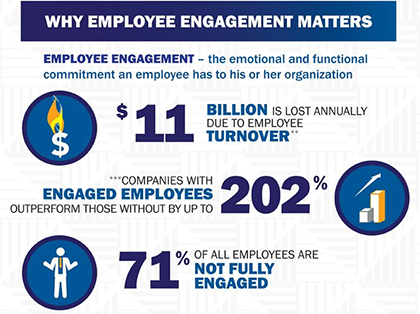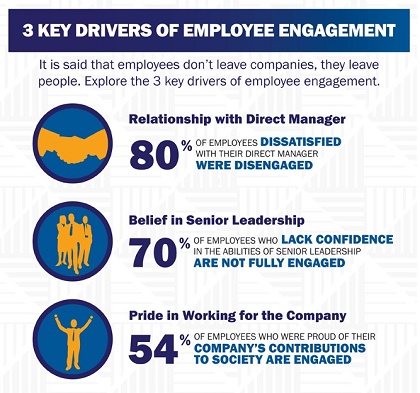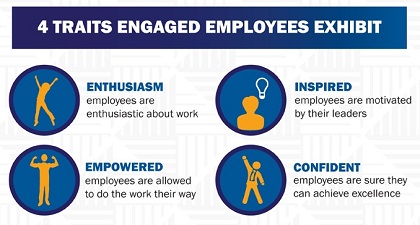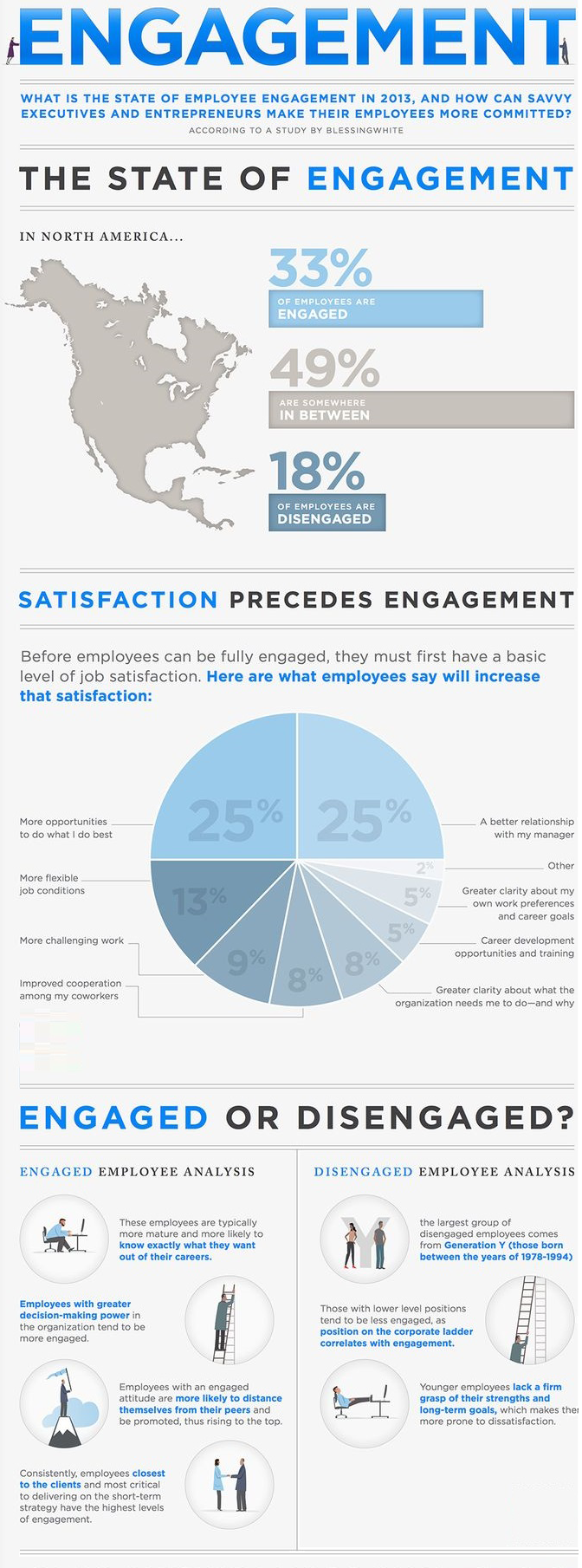 EMPLOYER || CANDIDATE
EMPLOYER || CANDIDATE
HR Planning
Employer

Reasons For High Employee Turnover
Change is inevitable, but it can be costly for your business. Employee turnover is an element of change that directly affects your bottom line. As such, it is important to identify the motives of departing workers and devise an effective retention strategy.
1. They’re motivated by higher pay
No matter how much someone loves working for you and believes in your business, if they are presented with a better offer, they will likely consider leaving, of course there are a few exceptions, 66% of employees will even take a pay cut if a position offers a work from home option.
Keep tabs on what compensation is being offered by your competition and be sure you’re offering comparable benefits packages. You can also conduct an annual wage and salary survey to get insight into your employees’ outlook on their pay.
In addition to traditional “pay and benefit” compensation, some companies also opt to offer additional perks such as flexible schedules, remote work privileges, on-site fitness rooms or day care, discounts on services or travel, and employee assistance programs.
To help your employees fully appreciate how you’re rewarding them, provide each employee with an annual statement of total compensation that shows all of their wages plus any other benefit you provide translated into a dollar amount, such as:
-
Employer contributions to benefits premiums
-
Employer contributions to retirement accounts
-
Paid time off (PTO)
-
Stock options
-
Educational assistance
-
Adoption assistance
-
Remote Savings
2. They’re not engaged
Employee engagement may sound like another corporate buzzword, but engaged employees share a number of common traits:
-
They seek out challenging work
-
They’re good at resolving and/or finding solutions to problems
-
They proactively share ideas and solutions with colleagues
-
They offer support to colleagues who are busy
-
They seek out training and development opportunities
There are many ways to boost engagement among your employees, and your approach should be based on what’s right for your company culture. Here are some engagement-boosting strategies you may want to try:
Keep your employees excited about what they’re doing through team-building activities. Let your employees contribute in big ways when possible and highlight the impact they’re making for your company.
Make sure everyone knows your company’s mission, vision and values. Keep them posted in a visible spot and make sure all new employees receive a copy of them at hire.
Communicate with your employees regularly and have an open-door policy.
Share mistakes so everyone can learn from them.
Get down in the trenches and work side-by-side with your employees from time to time. You can learn a lot about what is really happening in your company just by staying involved.
It’s also crucial to ensure your company’s leadership is engaged. Take a proactive approach to employee relations and make sure your managers do as well.
Create opportunities for your leaders to spend time together discussing goals, sharing success stories and providing feedback that reinforces your mission, vision and values.
3. They’re bored
High-performing workers need to feel that they are being challenged and are moving forward in terms of professional growth and development. Take time to meet with your employees and be proactive in discussing career and succession plans with them.
Be sure to blend in growth and development opportunities into your employees’ responsibilities when possible. No one wants to feel like they’re in a dead-end job. This could come in the form of assigning employees to a special project or putting them in an expanded role.
It could also happen through building in opportunities for your workers to cross-train one another. If these suggestions don’t seem like the right answer for your company, ask yourself these questions:
Are the right people in the right roles? Do you have too many people for the amount of work that needs to be done? Do you need to reorganize? Are your people getting the feedback and recognition they need?
The answers to these questions may lead you to other root causes of boredom in your workforce.
4. They’re poorly managed
A bad boss can make any employee miserable. Even if your staff is completely committed to the business, if their immediate supervisor creates an uncomfortable work environment, they may consider leaving.
Employees often voluntarily leave a job due to the relationship they have with their direct managers. As human beings we crave routine, structure and consistency.
Generally, if the work relationships are positive and motivating, employees will accept average wages and mundane or even highly stressful work. Without that relationship element, employees will have a wandering eye. Make sure brand-new managers in your organization have the tools and resources they need to succeed in their new leadership roles.
Provide training and development opportunities specially designed for your supervisors. And watch out that you’re not protecting bad managers. They should always go through the same performance evaluation process as your other employees. Make sure that your employees have appropriate ways to communicate feedback about their managers. Speak to them directly and include questions about their supervisors on an annual climate survey.
By understanding the common reasons for high employee turnover, you will be better able to protect your business from a similar fate. Employees who are well-compensated, challenged, engaged and properly managed will likely be loyal, productive members of your workforce for years to come.
Virtual Staff Efficiency Report
Why Employee Engagement Matters


 Turnover Calculator
Turnover Calculator 
3 Keys Driving Employee Engagement 
Traits of Engaged Employees























